“Cycling” is the term used in the aquarium hobby for the process which grows colonies of something called “beneficial bacteria”. These bacteria convert toxic fish pee (ammonia) to a relatively innocuous compound called nitrate. Growing these colonies normally takes 4 to 10 weeks. These colonies are the brown gunk that forms on the filter media in the filter.
“Cycling” in the aquarium can be a very simple topic or it can be a very complex topic. Cycling tends to confuse beginners because there are hundreds of ways to successfully cycle an aquarium. So everyone has different advice. This series of articles tackle the topic of cycling in layers. The most simple explanations are first. Then there are progressively more complex explanations in layers after that.
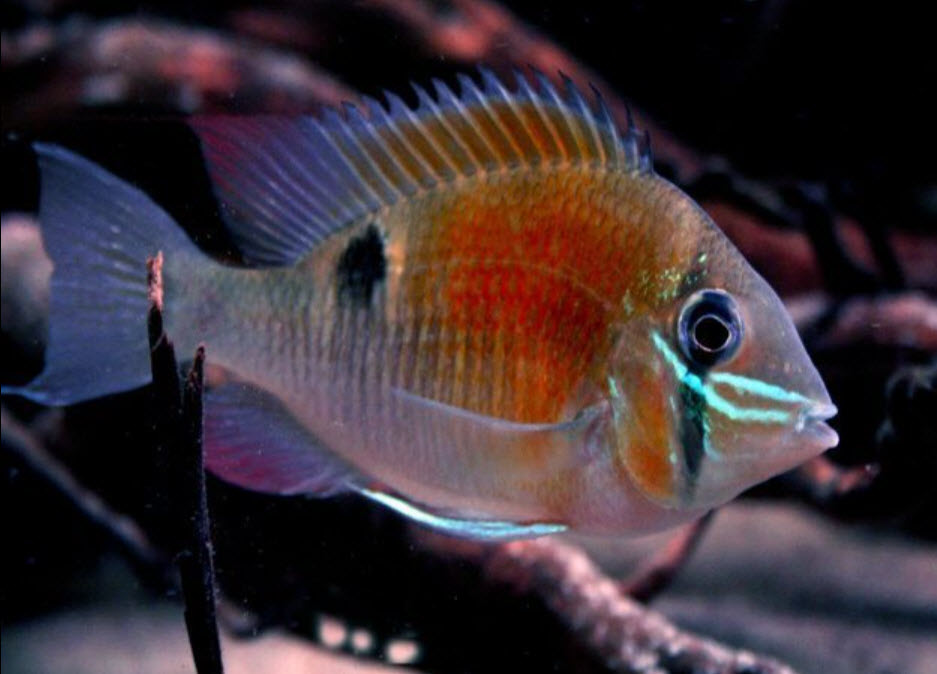
Keeping it Simple
If you have a new aquarium, hold off on the fish, set it up with the filters and an air pump, add water, add a water conditioner for chlorine removal and go. Feed the tank and the filter just as though you had fish in the tank. Your water may get cloudy in a few weeks. Ignore that. It will clear in four to six weeks. When the water clears in four to six weeks add the fish you want.
Your ornaments and gravel will get brown stuff on them. That’s quite normal and the best course of action is to learn to live with it. And that’s it. Easy!

A Little More Complicated
If you are a beginner with a new aquarium, keep things simple. Fill the aquarium with water and add chlorine conditioner per the directions. Start all the filters. Don’t add any fish. Wait at least four weeks before adding the fish.
Add at least one level teaspoon per 25 gallons (100 liter) of brown gunk-filled material from an established aquarium filter (the best material), composted (WELL COMPOSTED, not fresh!) cow manure, or dirt from the garden, or the soil from a potted plant to the new aquarium. These “seed” materials all contain lots of beneficial bacteria which will jump-start the cycling process in the aquarium. Note commercial packaged potting soils are sterilized and will not work. Put the seed material in a sock and put it in the filter. Squeeze the sock every few hours. Remove the sock after two weeks or so.
Aerate the water well with air stones and an air pump. Add about one-half teaspoon of dry fish food per 25 gallons (100 liter) of water per day. Keep adding the food daily till your tank is cycled. The food will get all gross with white “stuff”. Ignore it. The food has to decompose to feed the beneficial bacteria.
Just let the aquarium and the filter go for about four weeks with no water changes or filter cleanings. The tank may get very cloudy and even smell. Ignore it and just be patient. When the water clears or after at least four weeks of feeding your tank is ready to add fish. Easy!
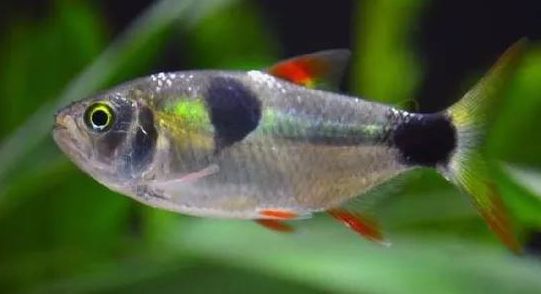
What is “Cycling”
When first setting up an aquarium most hobbyists like to do something called “cycling”. Cycling is the creation of colonies of beneficial bacteria which break down somewhat poisonous fish pee (ammonia) into a non-poisonous compound called “nitrate”.
This cycling is done by adding a constant “feed” of decomposing food (which releases ammonia), ammonia excreted from fish, or chemical ammonia. This “feed” allows the slow growth of these beneficial bacterial colonies on the filter media.
Three things are important when cycling a tank. They are:
Patience, Patience, and Patience
Contrary to many myths, that is all one needs to know to cycle an aquarium.
The process by which bacteria break down fish pee (ammonia) is called the “nitrogen cycle”. Many people say one must understand the science of the “nitrogen cycle” if you have an aquarium. While we explain the nitrogen cycle in other articles in great depth, an understanding of the nitrogen cycle is NOT needed to have an aquarium.

Getting More Complicated
There are many ways to successfully cycle an aquarium filter. Most experienced hobbyists add no fish. But some add feeder goldfish, gouramis, or danios and some even add good expensive fish. Some people are quite successful in not even cycling a filter by adding only small numbers of fish and only feeding them lightly.
The ammonia “feed” can be food, ammonia, ammonium chloride, or even urine. You can add daily small amounts of “feed” and keep the ammonia and nitrite levels low. Or you can add a piece of pantyhose loaded with a ton of fish filet and/or shrimp (i.e. lots of feed) and just leave it to decay (it will get gross) and feed lots of ammonia to the beneficial bacteria. Some folks test all parameters daily and some don’t even own a test kit. Different strokes for different folks.

The Many Ways to Cycle an Aquarium
The various ways to cycle an aquarium can be put into a gross table:
| Type of cycling | Risk to fish | Easy = 10, Tricky =1 | Speed in weeks | Amount of fish added at end |
|---|---|---|---|---|
| Simple fish-less | None | 10 | 4 – 6 | few to many |
| Fish-less with tests | None | 7 | 3 – 5 | many |
| Dr. Tim’s Ammonia | None | 3 | 6 – 10 | few |
| Constant Ammonia | None | 5 | 4 – 8 | many |
| What i do | None | 1 | 1 | many |
| Fish in with testing | Slight | 3 | 6 – 8 | few |
| Simple fish in tank | Some risk | 9 | 8 – 12 | few |
| Not cycling | High risk | 10 | 10 – 15 | few |
| This is a very rough analysis with MANY variations | ||||
The “amount of fish” in this table reflects the number of fish one CAN stock in an aquarium at the end of a typical cycle.
Each of the methods is:
- “Simple Fishless” is just adding some fish food to an operating fishless aquarium once a day for four weeks or more.
- “Fishless with tests” gets more complicated using testing kits to monitor the cycling in a fishless aquarium with fish food being added.
- “Dr. Tim’s Ammonia” adds ammonia (instead of fish food) only to maintain a level of 0.5 ppm ammonia in the aquarium.
- “Constant Ammonia” uses a daily addition of 0.5 to 1 ppm ammonia (instead of fish food) to a fishless aquarium.
- “What I do” is a complicated fishless method that illustrates what an obsessive-compulsive chemist can come up with.
- “Fish-in with tests” is cycling with fish in the aquarium and using close monitoring with test kits.
- “Simple fish in the tank” adds small numbers of fish and small amounts of food and doesn’t use a test kit.
- “Not cycling” is just starting with fish in the aquarium and doing no formal cycling at all.
Of course, this table is only a rough approximation. If you use the proper inoculate (sponge filter squeezings from an established aquarium, soil, or compost) all these methods (except for “What I do”) can be sped up considerably.
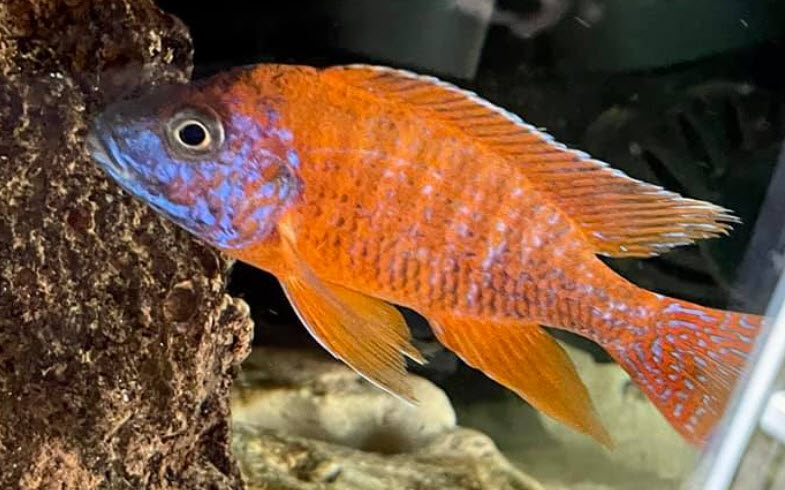
Note that “cycling” ONLY addresses the nitrogen cycle in an aquarium. A newly set up aquarium under two to three months old with only small amounts of algae and brown gunk can be “cycled” but not be “mature”. A “mature” or well-established aquarium with brown gunk in the filter and substrate is an established miniature ecosystem that simply works better than a new aquarium in a whole host of subtle ways.
This is why we recommend that anyone be patient with their aquariums and only slowly add fish. And we recommend that this be done no matter what the water tests tell the hobbyist or how the hobbyist does their cycling. The idea of a “mature aquarium” is covered in more detail in this link:

Cycling Test
A test of some of the cycling regimes was done. These are the results:
| Treatment | Average time to cycle | Tank 1 | Tank 2 | Tank 3 |
|---|---|---|---|---|
| Food + urine + phosphate | 23 | 18 | 26 | 26 |
| Food + urine | 25 | 28 | 22 | 26 |
| Ammonia + phosphate | 25 | 32 | 20 | 24 |
| Only ammonia | 35 | 42 | 30 | 32 |
| Dr. Tim’s + phosphate | 36 | 40 | 33 | 36 |
| Ammonia + Prime + Stability | 37 | 38 | 30 | 43 |
| Only Dr. Tim’s | 43 | 48 | 38 | 42 |
| Only food | 52 | 42 | 54 | 60 |
Further analysis of these results and what they mean can be found at this link:
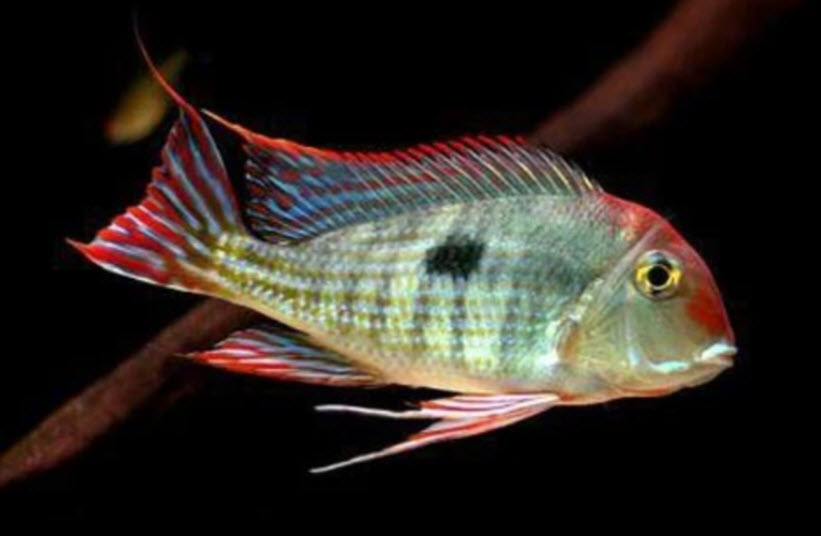
“Snake Oil” Products
Unfortunately, there are a host of aquarium product manufacturers who sell a host of products for cycling an aquarium that simply doesn’t work. It is categorically impossible to completely “instant cycle” an aquarium filter in a few hours or a day. The only way to do this is to transfer a functioning filter to the new aquarium.
A test was run on eleven bacteria-in-a-bottle products and the test said they simply didn’t work, taking 28 to 56 days to cycle an aquarium filter. This is delved into in-depth in the link:
This same test said that garden soil, composted manure, and gunk from an established filter take 8 to 12 days to cycle. For more information on “seeding” an aquarium go to this link:
There is no use for Prime or Safe additions during cycling. The same is true of Tetra AquaSafe Plus, Kordon AmQuel, Kordon AmQuel plus, ClorAm-X and Hikari Aquarium Solutions Ultimate. None of these products are “complex” or “detoxify” ammonia or nitrite. That is a chemical impossibility. This is delved into in-depth in the link:
2.9. “Instant Cycling Chemicals”

Myths about Cycling
There are a huge number of falsehoods and myths parroted around social media on the topic of cycling.
These are some commonly seen:
- The brown “gunk” inside the filter bio-media or filter foam is trapped feces and it is beneficial to the aquarium to remove it frequently and thoroughly. (This is THE single biggest myth in the hobby and responsible for a lot of fish deaths!)
- If nitrite levels are over 9 ppm in a cycling aquarium the beneficial bacterial growth is inhibited
- If ammonia levels are over 4 ppm in a cycling aquarium the beneficial bacterial growth will be inhibited.
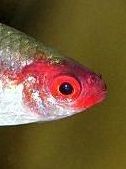
- If moderate amounts of fish are added to an aquarium that isn’t cycled, a good percentage of the time the fish will die.
- If the food supply of beneficial bacteria is cut off, they die in a matter of hours or days.
- “Seeding” a new aquarium with “gunk” from an old established aquarium spreads disease.
- Beneficial bacteria only exist in thin very adherent biofilms on filter media and substrate, not in the soft brown “gunk” on the filter which can be washed off or vacuumed out.
- Beneficial bacteria only multiply to the level of ammonia provided to them and no further.
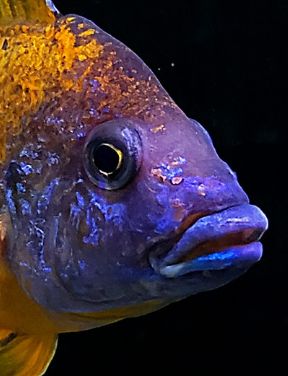
- You can set up an aquarium, use some off the shelf “bacteria in a bottle” treatment (SeaChem Stability, Dr. Tim’s One and Only, Tetra SafeStart, FritzZyme, API Quick Start, Aquarium Products Colony) and immediately add a lot of fish and not have an ammonia spike.
- You can set up an aquarium, use some off the shelf chemical water treatment and immediately add a lot of fish and not have an ammonia spike (or in the alternative scenario the ammonia spike shows up in testing but the actuality is magically “neutralized” or “detoxified” by the chemical product so one can ignore the test).
- It is beneficial to add a chemical such as Prime periodically during the cycling process.

- Prime™ and Safe™ are superior water conditioners which also “neutralize” ammonia, nitrite, and heavy metals.
- There are products that “neutralize” ammonia and nitrite (Tetra AquaSafe Plus, Kordon AmQuel, ClorAm-X, Hikari Aquarium Solutions Ultimate, SeaChem AmGuard, API Ammo-Lock, API Stress Coat).
All these myths are simply not true.

What Research has Revealed About Cycling
Very many university researchers have found the following:
- If one can get the brown squeezings water from an established sponge filter, pour this into the water in the new tank and the cycle will occur in the fastest time possible. It is important to get these brown squeezings “stuck” in a place where there is good flow, like on the filter media. If one just leaves it lying at the bottom of a tank it won’t work very well. I keep stirring the tank whenever I use brown squeezings, like ten times a day. To oxidize ammonia beneficial bacteria need both a surface to attach to AND a good flow over that surface.
- Phosphate turns out to be very important to beneficial bacteria by testing. So after the aquarium is set up and filled with water add a quarter teaspoon of a phosphate powder (potassium phosphate, sodium phosphate, or any one of several calcium phosphates, or a high phosphate “bloom” fertilizer like Scott’s Super Bloom 12-55-6, Flower Fuel 1-34-32 or Miracle-Gro Bloom Booster 15-30-15) per twenty-five gallons of water.

- Good garden soil from the garden and composted manure have 19 million beneficial bacteria in one small gram. This is many times more than a whole bottle of store-bought bacteria-in-a-bottle. So a handful of soil or compost will seed a new aquarium about as well as the brown gunk from a sponge filter. Soil and compost thrown into aquarium water do cloud the water, but it clears in a week or two. Note commercial soil mixes from the garden store do NOT work (maybe they are sterilized?).
- The pH for cycling should be above 7.0 and MUST be above 6.5. The fact that low pH inhibits cycling was confirmed by tests in 2.13. link below.
- It is recommended to always keep the pH above 7.4 by adding baking soda (sodium carbonate is better) when the pH drops during cycling. A bag of crushed coral in the filter is also beneficial.

- Beneficial bacteria do best at a pH of 7.4 to 7.8.
- Carbonate hardness (KH) is important for nitrifying bacteria. For every ten ppm of ammonia converted to nitrate very roughly 4 dKH (71.4 ppm or KH) of carbonate is used up.
- Lots of aeration will both speed up the cycling process and keep the smells down (cycling can be smelly!).
- The optimum level of nutrients for beneficial bacteria growth is 400 to 600 ppm of ammonia and 200 to 400 ppm of nitrite (per no less than 8 papers and two books). So high levels of either ammonia or nitrite do not stall the cycle. But note that if an aquarium has a small filter, or has poor filter media, an ammonia addition over 1 ppm can make cycling a very long process.
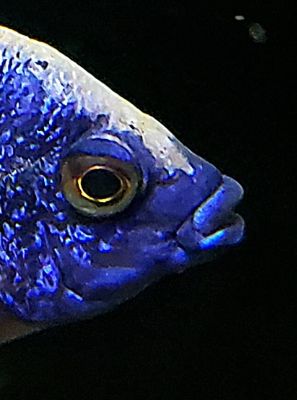
- Beneficial bacteria CAN sometimes incorporate nitrate into their bodies as protein (“assimilatory denitrification”). This can RARELY give zero nitrates in a cycled tank. Plants can also give zero nitrates in a cycled tank. Thus the end of cycling is defined as when ammonia has spiked to at least 1.0 and then hits 0.25 or less 24 hours after adding some “feed” (ammonia, food, or urine) for at least one week. If nitrite is present it needs to hit zero before the aquarium is cycled. There does NOT need to be nitrate.
- Nitrate levels are immaterial during cycling. When both ammonia and nitrite go to zero (the official “end” of cycling) do enough of a water change to bring the nitrates to a reasonable level (anywhere from 40 to 160 ppm is a fine goal)
- Note also that the whole cycling “science” is a natural process. There are hundreds of variables that one cannot control. So sometimes one can cycle in days and sometimes it can take months, no matter what one does. Mother Nature is just not very predictable.
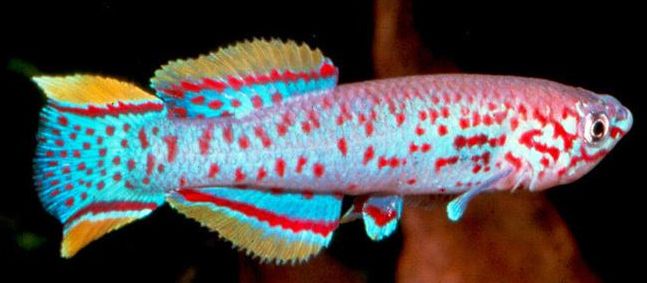
Common Errors
Some common errors are:
- Once the tank is cycled it is important not to clean the brown gunk out of the filters or to change filter cartridges. “Cycling an aquarium” is an incorrect definition of cycling. One cycles a filter. The brown gunk inside the filter on the filter media is beneficial bacteria. Clean it and the cycle starts all over again.
- Plants remove ammonia, nitrite, and nitrate from the water. Since ammonia and nitrite are required during cycling to feed the beneficial bacterial growth, adding plants to the aquarium during cycling CAN SOMETIMES prevent the tank from cycling.
- The most common mistake in cycling is to panic and do water changes when the water turns cloudy or green, or the ammonia or nitrite levels rise. Water changes remove the feed for the beneficial bacteria and stop the cycle. One needs to just ignore the cloudiness or the green. For more on that topic click on these links:

More In-depth Analysis of Each Cycling Method
Because there are so many ways to successfully cycle an aquarium, the subject has a lot of complexities and needs a lot of supporting links. To go into all the various ways to cycle an aquarium click on the following links:
2.1. Standard Fish-less Cycling
2.2. The Many Ways to Cycle a Tank
2.15. Cycling a Planted Aquarium
In addition, we did a test of the various testing methods:

Mistakes During Cycling
Then there are a bunch of ways for newcomers and experienced hobbyists to make mistakes in cycling. These links review these errors:
2.9. “Instant Cycling” Chemicals

The Science Behind Cycling
Then there is the science behind cycling for those who are curious. This science is reviewed in the following links:
The topic of biofiltration and cycling are closely related. So if one is interested in delving deep into the science and the calculations behind all aspects of biofiltration the following is pertinent:


